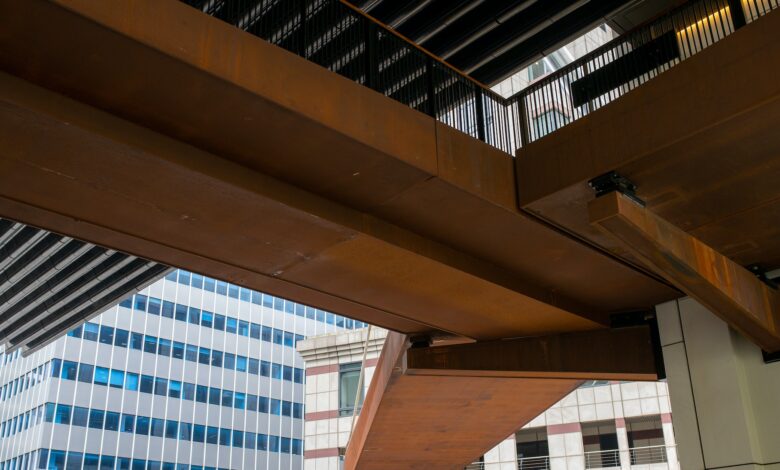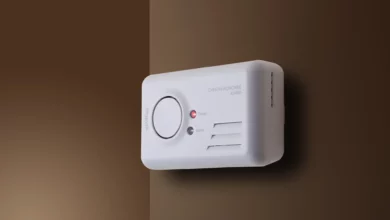The Beauty and Benefits of Wood Cladding: A Guide to Exterior Design

Introduction:
Wood cladding is a popular exterior design feature that can add both beauty and functionality to any building. In this article, we’ll explore the basics of wood cladding, the different types of wood used, the benefits of wood cladding, and some design ideas for incorporating wood cladding into your home or commercial building.
What is Wood Cladding?
Wood cladding is a type of exterior siding that involves covering a building with wooden boards or panels. These boards can be installed horizontally, vertically, or diagonally, and can be left natural or stained to achieve a desired look. Wood cladding can be used on both residential and commercial buildings, and is often used to add warmth and texture to a building’s exterior.
Types of Wood Used in Cladding
There are several types of wood that are commonly used in wood cladding. Cedar, spruce, redwood, and pine are all popular choices due to their durability, natural resistance to decay and insects, and attractive appearance. Exotic woods like mahogany and teak can also be used for a more unique look, but may be more expensive.
Benefits of Wood Cladding
Wood cladding offers several benefits for both residential and commercial buildings. These benefits include:
- Improved insulation: Wood cladding can help insulate buildings and reduce energy costs.
- Durability: Wood cladding is a durable material that can withstand the elements and last for many years with proper maintenance.
- Aesthetics: Wood cladding adds natural warmth and texture to a building’s exterior, and can be stained or painted to achieve a desired look.
- Sustainability: Wood is a renewable resource that is often sourced from responsibly managed forests, making it a sustainable building material.
Design Ideas for Wood Cladding
Wood cladding can be used in a variety of ways to add visual interest to a building’s exterior. Here are some design ideas for incorporating wood cladding into your home or commercial building:
- Accent walls: Use wood cladding on a single wall to create a focal point and add texture to your building’s exterior.
- Horizontal or vertical installation: Install wood cladding horizontally or vertically to create a unique pattern or texture.
- Mix and match: Combine wood cladding with other exterior materials like stone or brick for a more dynamic look.
- Shading and shadows: Install wood cladding in a way that creates interesting shading and shadow patterns on your building’s exterior.
Maintenance and Care
Proper maintenance and care is essential for keeping wood cladding looking its best. This may include regular cleaning, staining or painting, and treating the wood to prevent decay and insect infestations.
Wood Cladding from Exterior Solutions
When it comes to installing wood cladding, it’s important to work with a reputable and experienced contractor who can ensure that the job is done right. Exterior Solutions is one such contractor, with a long history of providing high-quality wood cladding services to residential and commercial clients.
Their team of skilled professionals has the expertise and knowledge to help you choose the right type of wood for your project, as well as to install it in a way that ensures long-lasting durability and beauty. With a focus on customer satisfaction and attention to detail, Exterior Solutions is the best way to get wood cladding for your building with peace of mind and confidence.
Conclusion:
Wood cladding is a beautiful and functional exterior design feature that can add warmth and texture to any building. By choosing the right type of wood and incorporating wood cladding in a creative way, you can create a unique and visually appealing exterior that will last for many years to come.
For more useful insights, check the rest of our blog.




